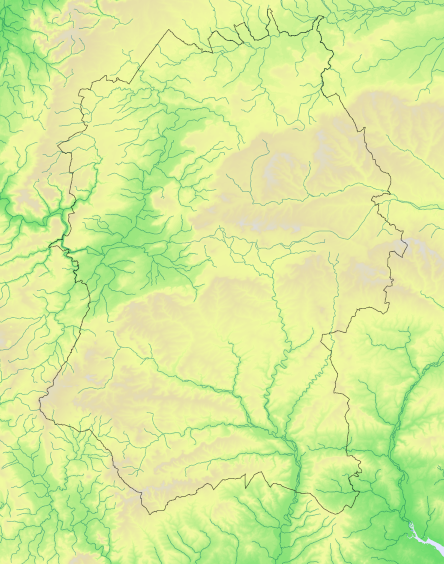Atlas species lists
- Breeding distribution 1995–2000
- Summer abundance 1995–2000
- Winter distribution 1995–2000
- Winter abundance 1995–2000
- Breeding distribution 2007–2012
- Summer abundance 2007–2012
- Winter distribution 2007–2012
- Winter abundance 2007–2012
- Breeding distribution change
- Summer abundance change
- Winter distribution change
- Winter abundance change
More Jack Snipe maps
- Breeding distribution 1995–2000
- Summer abundance 1995–2000
- Winter distribution 1995–2000
- Winter abundance 1995–2000
- Breeding distribution 2007–2012
- Summer abundance 2007–2012
- Winter distribution 2007–2012
- Winter abundance 2007–2012
- Breeding distribution change
- Summer abundance change
- Winter distribution change
- Winter abundance change
Map explanation
This map shows the changes which occurred in the winter distribution of the species between 1995-2000 and 2007-2012, but only in the limited selection of tetrads that were surveyed in winter for Birds of Wiltshire (Wiltshire Ornithological Society 2007).
Key
Status
Nos tetrads

Absent to present
11
2%

Present in both
2
<1%

Present to absent
1
<1%

Not surveyed
Jack Snipes breed in boggy, lightly forested areas from northern Fenno-Scandia and the Baltic states eastwards to east Siberia. They winter in western and southern Europe, parts of North Africa and the Middle East, sub-Saharan Africa north of the equator and southern Asia.
A highly cryptic species, reluctant to flush, they are difficult to count and are generally regarded as seriously under-recorded. The 1981-84 Winter Atlas quoted a figure derived from shooting records of possibly 100,000 for the winter population of Great Britain and Ireland, but pointed out that fieldwork for the atlas suggested a much smaller total. Bird Atlas 2007-2011 recorded a 71% winter range expansion in Great Britain since 1981-84 and again quoted a possible total population of 100,000 “but with very low reliability”. There have been no confirmed records of breeding attempts in the British Isles.
In Wiltshire the picture has been of fluctuating numbers with some years showing none at all (in the five winters between 1946 and 1951 there were only two records, of single birds) and other years recording double-figure counts – 20 at Coate Water in November 1960 for example. The partial winter timed tetrad counts carried out for Birds of Wiltshire recorded Jack Snipes in only three tetrads. By contrast, the full winter tetrad counts for WTA2 produced records from 26 tetrads.
References
The following references are used throughout these species accounts, in the abbreviated form given in quotation marks:
“1968-72 Breeding Atlas” – Sharrack, J.T.R. 1976: The Atlas of Breeding Birds in Britain and Ireland. T. & A. Poyser
“1981-84 Winter Atlas” – Lack, P.C. 1986: The Atlas of Wintering Birds in Britain and Ireland. T. & A. Poyser
“1988-91 Breeding Atlas” – Gibbons, D.W., Reid, J.B. & Chapman, R.A. 1993: The New Atlas of Breeding Birds in Britain and Ireland 1988-91. T. & A. Poyser
“Birds of Wiltshire” – Ferguson-Lees, I.J. et al. 2007 : Birds of Wiltshire, published by the tetrad atlas group of the Wiltshire Ornithological Society after mapping fieldwork 1995-2000. Wiltshire Ornithological Society.
“Bird Atlas 2007-2011” – Balmer, D.E., Gillings, S., Caffrey, B.J., Swann, R.L., Downie, I.S. and Fuller, R.J. 2013: Bird Atlas 2007-2011: the Breeding and Wintering Birds of Britain and Ireland
“WTA2” – ("Wiltshire Tetrad Atlas 2 ") the present electronic publication, bringing together the Wiltshire data from “Birds of Wiltshire” and “Bird Atlas 2007-11”, together with data from further fieldwork carried out in 2011 and 2012.
"Hobby" - the annual bird report of the Wiltshire Ornithological Society.

